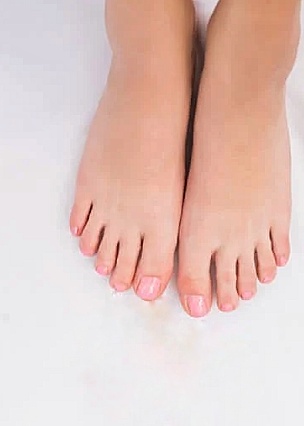What is Brachyonychia?
The term “racquet nail,” or “brachyonychia,” describes a short nail in which its width is greater than its length. The nail may also have prominent ridges, pigmentation, and an underlying shortened distal phalanx.
Racquet nails can show up on any finger or toe, although they typically arise on one or both thumbs. It may be genetic, inherited as an autosomal-dominant trait, or acquired. Racquet nail often presents with other nail conditions such as onycholysis, koilonychia, pachyonychia, Muehrcke’s lines, leuconychia, and half-and-half nails. The appearance of the nails can be improved through cosmetic surgery. Women are 3 times more frequently affected than men.
Hereditary brachyonychia is due to the premature obliteration of the epiphyseal line of both thumbs. Genetic disorders associated with racquet nail include Larsen syndrome, Brooke–Spiegler syndrome, Rubinstein–Taybi syndrome, Hajdu–Cheney syndrome, cartilage–hair hypoplasia, pycnodysostosis, acrodysostosis, and brachydactyly type D.
Acquired racquet nail is associated with acroosteolysis and psoriatic arthropathy. Acquired racquet nail may also be diagnostic of bone resorption in hyperparathyroidism.
Are you suffering from this condition? At The Chelsea Clinic, we can help. One of our podiatrist can assist and then recommend what treatments are best to get you back on track.  Podiatrist South Kensington
Podiatrist South Kensington
Schedule an appointment here or you may call us at +44 (0) 207 101 4000. 
We hope you have a feetastic day! 

-The Chelsea Clinic and Team


 Podiatrist South Kensington
Podiatrist South Kensington




